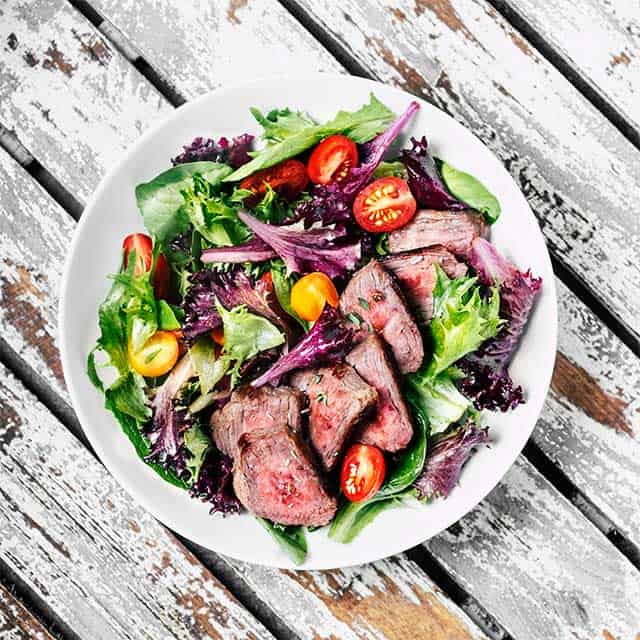
Simply put, the keto diet is a low-carb diet similar to the Atkins diet. Also known as a ketogenic diet, the keto diet works on the concept that your body loses weight more efficiently when it burns fat for fuel instead of carbs or sugar. To better understand the process, we’ll need to explore ketones and ketosis.
What are ketones and ketosis?
Ketones, also called ketone bodies, are chemicals produced in the liver. A product of your body breaking down fat for energy, ketones are produced when there is a limited amount of glucose (used for energy) available for your body to use. Ketosis is a result of the body using ketones in the blood for energy rather than the body using glucose as an energy source—the usual method of fueling your body.
The Keto Diet Plan
The key to the keto diet is jumpstarting ketosis by limiting carbs and eating good-for-you fats to burn instead—putting your body in a state of ketosis. Naturally, burning fat for fuel allows you to lose weight.
Fats
Over the last few years, the taboo on fat has been lifted. The keto diet focuses on healthy fats from oils, nuts and seeds, cooking fats and dairy products. Examples of ketogenic fats and oils include butter or ghee (a clarified butter), sesame oil, olive oil and MCT oil, among others. Nuts and seeds with lower net carb counts include almonds, walnuts and pumpkin seeds (also known as pepitas). Macadamia nuts and pecans are the two with the lowest carb counts, making them a great choice for your keto menu.
Dairy
Dairy is another acceptable form of fat allowed on the keto diet. Like the oils, nuts and seeds, you’ll want to keep an eye on the net carbohydrate count of the dairy you choose. Swiss, Brie, goat and cream cheeses are great sources of dairy fat to consider in your keto meal plan, as is sour cream for toppings.
Proteins
Where possible, opt for grass-fed and organic proteins. Grain-fed meats and dairy are higher in nutrients than those that are conventionally farmed. When choosing beef, look for cuts with a higher fat content, like ground beef, steak and roast. Similarly, look for fish with a high healthy-fat content like salmon and mackerel. Proteins to avoid on keto include processed meats like deli meat and hot dogs.
Carbohydrates
You’ll want to limit your carbohydrates while eating keto. Instead of getting carbs from grains, rice and starches like potatoes, you’ll incorporate lower-carb veggies and fruits. Think of leafy greens and those vegetables that grow above ground, like broccoli, cauliflower and asparagus.
What Not to Eat on a Keto Diet
There are some things you’ll need to avoid eating, in order to keep your body in ketosis. Processed carbs, sugars and fried food are good to avoid in any healthy diet. For keto, you’ll also omit grains, sugar, legumes (like beans and lentils), starchy vegetables and certain high-carb fruits.
Before you make any changes to your diet, be sure to consult your physician because everybody needs something different!
Did you know? Popular in the 1920s and ‘30s, the ketogenic diet was originally developed to help treat epilepsy.
Shop Keto-Friendly Products!
START YOUR SHOPPING LIST
 Simply put, the keto diet is a low-carb diet similar to the Atkins diet. Also known as a ketogenic diet, the keto diet works on the concept that your body loses weight more efficiently when it burns fat for fuel instead of carbs or sugar. To better understand the process, we’ll need to explore ketones and ketosis.
Simply put, the keto diet is a low-carb diet similar to the Atkins diet. Also known as a ketogenic diet, the keto diet works on the concept that your body loses weight more efficiently when it burns fat for fuel instead of carbs or sugar. To better understand the process, we’ll need to explore ketones and ketosis.
 Simply put, the keto diet is a low-carb diet similar to the Atkins diet. Also known as a ketogenic diet, the keto diet works on the concept that your body loses weight more efficiently when it burns fat for fuel instead of carbs or sugar. To better understand the process, we’ll need to explore ketones and ketosis.
Simply put, the keto diet is a low-carb diet similar to the Atkins diet. Also known as a ketogenic diet, the keto diet works on the concept that your body loses weight more efficiently when it burns fat for fuel instead of carbs or sugar. To better understand the process, we’ll need to explore ketones and ketosis.















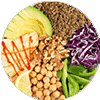
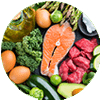
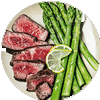
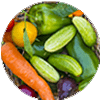
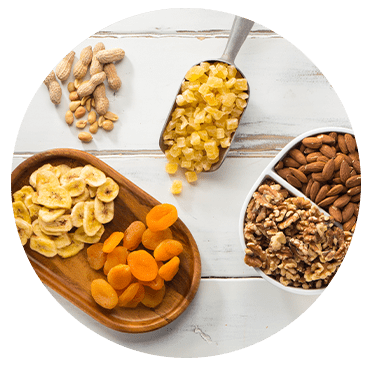
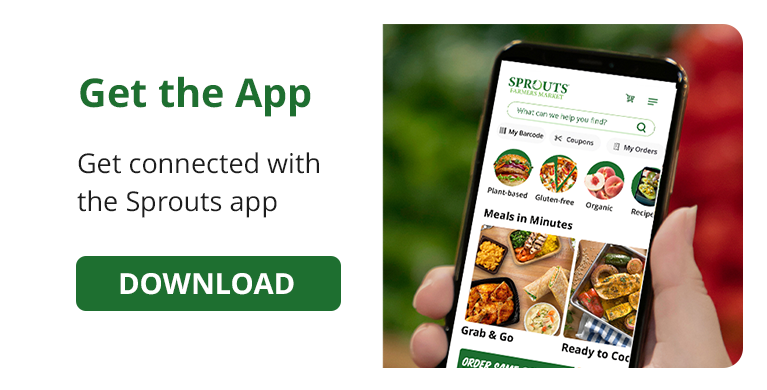
 VIEW ALL
VIEW ALL



